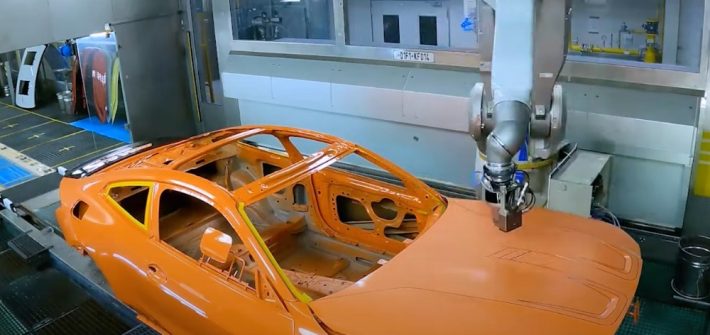The war in Ukraine led by Russia could create shortages of neon. This noble gas is one of those used in the manufacture of semiconductors. In 2022, Ukraine will supply 70% of the world’s neon.
According to TrendForce, a Taiwanese research firm, the Russian invasion of Ukraine could exacerbate the global semiconductor shortage.
Neon shortage expected due to war in Ukraine?
Today, Ukraine supplies 70% of the world’s neon. This noble gas, the second lightest in the world, is one of the rare gases used to manufacture semiconductors. This noble gas is mainly used in the lithography stages of semiconductor production. The war in Ukraine led by Russia could create neon shortages.
Analysts say that chipmakers are always one step ahead, but depending on how long the war lasts, semiconductor production could well be affected. In the short term, global semiconductor production lines are not interrupted.
However, the reduction in gas supply will bring supply and demand into play, which means that prices are likely to increase, and those increases will likely be passed on to consumers…
Another analyst firm, Techcet, points out that Russia is also a major supplier of neon to the world and that the country also produces a lot of palladium, a metal that is essential for making catalytic converters and many electronic components. Sanctions imposed by NATO members against Russia may cause suppliers to seek alternative sources of supply.
The global supply chain is still very fragile
In the long term, this war may actually increase the shortage of semiconductors. Indeed, Russia’s invasion of Ukraine comes at a time when demand for chips has been rising across the board throughout the Covid-19 pandemic.
On the enterprise side, demand for chips specializing in artificial intelligence is expected to grow by more than 50% per year over the next few years.
The numerous investments announced, such as Intel’s intention to build a huge semiconductor production site in Ohio for $20 billion, the $52 billion announced by the United States or the European Commission’s €43 billion plan, may not be enough.
Gina M. Raimondo, U.S. Secretary of Commerce, believes that “the semiconductor supply chain remains fragile and it is critical that Congress act quickly to pass the $52 billion in chip funding proposed by the President as soon as possible.”
In the U.S., the semiconductor inventory has gone from 40 days ahead in 2019 to less than 5 days ahead in 2022. Automobiles, medical devices, and energy management equipment are the most chip-intensive areas. A new neon supply problem due to the war in Ukraine could have a significant impact on the shortage.

